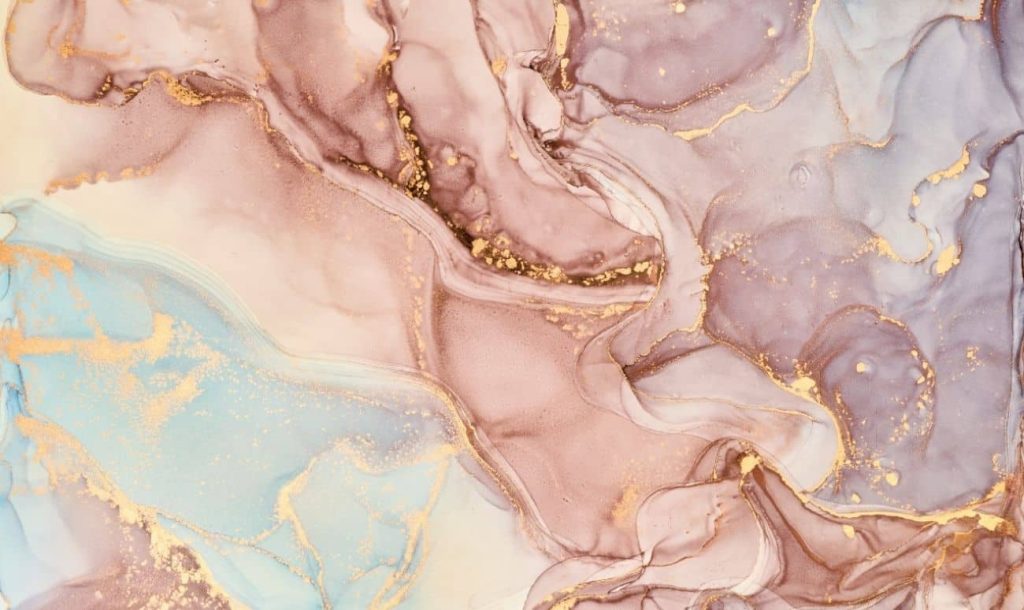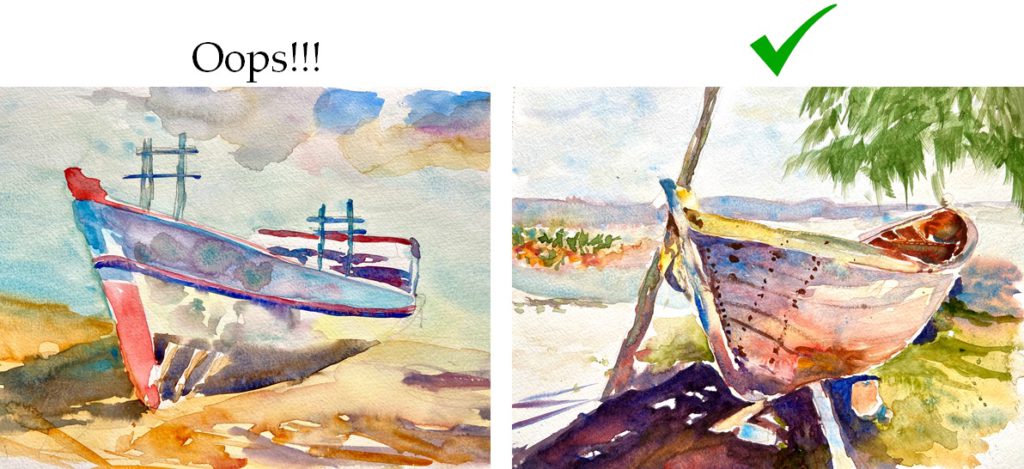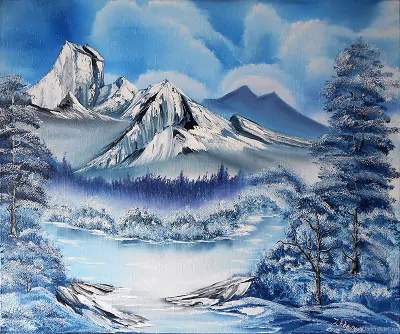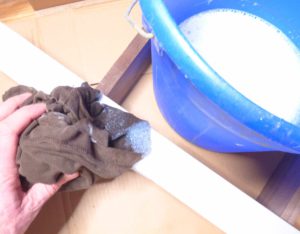Watercolour is a form of painting that uses pigmented water-based solutions. This is a rather interesting painting form to work with.
- This Artform Easy or Not?
- Arcylic Paints Vs Watercolour Paints?
- Watercolour and Shades
- Warm Colours vs Cool Colours
- Understanding the Basics for Watercolour Painting
- Brushes
- Holding the Brush while using Watercolours..
- Watercolour Techniques for Children
- Famous Watercolour Painters
- Famous Watercolour Paintings
- Frequently Asked Questions (FAQ)
- Bottomline
This Artform Easy or Not?
Watercolour painting is one of the demanding forms to master. The fluid nature of this art form makes it considerably hard to work. This art forms “stains” the paper to form the required art. Due to the watery consistency of this painting form, it requires a lot of practice and techniques.
In addition, you must ensure to use the correct colours as it is much harder to layer when compared to other types of paints. Thus, it is crucial to learn the basics of watercolour painting.
Arcylic Paints Vs Watercolour Paints?
Acrylic paint is an easy form of painting as compared to watercolour painting. You can easily cover up any errors with another layer of paint as it is opaque, unlike translucent watercolours. There are not many techniques to master in acrylic painting. Therefore, working with acrylic paints is much easier than watercolours.
Watercolour and Shades
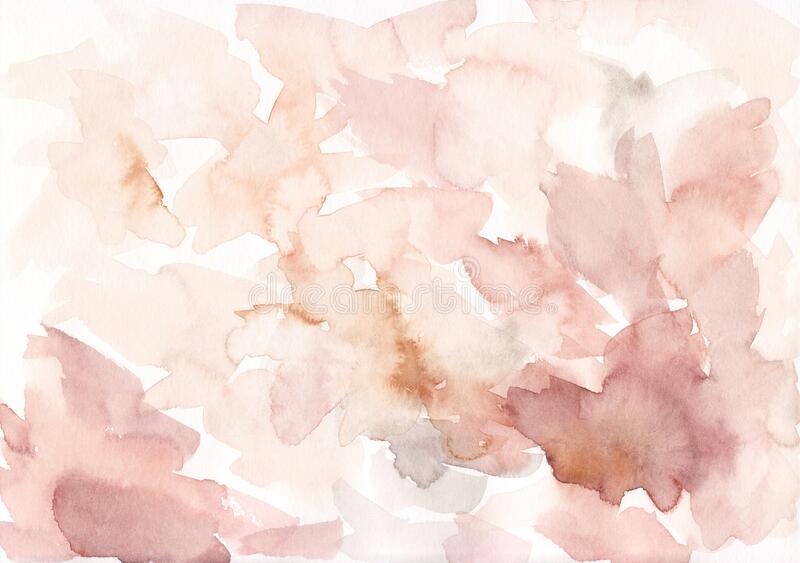
Now, By using the primary colours red, yellow and blue, you can make a variety of shades. It is important to understand the colour wheel.
| Colour A (Primary colours) | Colour B | Final Colour |
| Yellow | Blue | Green |
| Red | Yellow | Orange |
| Blue | Red | Purple |
| Yellow | Green | Yellow- Green |
| Red | Orange | Red- Orange |
| Blue | Purple | Blue- Purple |
| Yellow | Orange | Yellow- Orange |
| Red | Purple | Red- Purple |
| Blue | Green | Blue- Green |
Warm Colours vs Cool Colours
Warm colours are yellow and orange tones. On the other hand, cool colours are blue and purple. Green and purple are transition colours. Adding them to warm colours would make them cool colours, and vice versa.
Based on the table mentioned above, we can see that mixing these specific colours would make the third colour. However, not every shade of blue mixed with yellow would give a green. A warm yellow mixed with a shade of cool blue would give you a shade of olive green. You can experiment to find the perfect shade by mixing the shades.
Understanding the Basics for Watercolour Painting
Paint
The Watercolour paints come in two forms- in tubes and pans.

Watercolour Tubes
Watercolour tubes come in varying sizes based on the brand and price. They are concentrated paint that is pigmented. However, they might be unusable once they dry inside the tube. However, they are great to work with.
Watercolour Pans
These come in circular or square pans, which is dry when you touch them. The pros of using a pan are that it lasts longer than the paint in the tube (as they tend to dry after a while). In addition, you won’t have to worry about spills as it is dry. However, it might be time-consuming if the water isn’t absorbed well, and the colour you are waiting for takes time.
Brushes
Watercolour brushes come in a variety of sizes, thicknesses, shapes and hair used. Let us understand the different brushes available
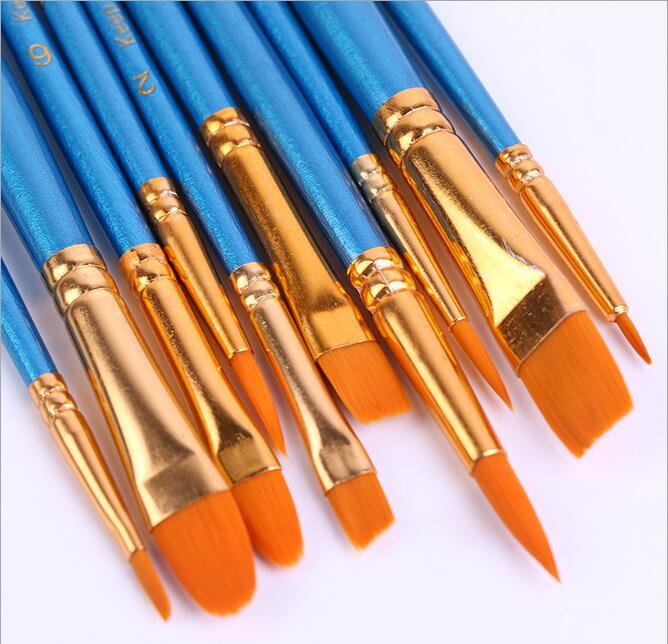
Round Brush
The round brushes are the most common watercolour brushes. You can use paintings like washes, thin and thick strokes. They come in a variety of sizes and thicknesses.
Flat Brush
Flat brushes have straight edges are used for line strokes and most commonly, for washes. They come in a variety of thicknesses, and widths.
Fan Brush
Fan brushes come in a semi-circle shape and are to create different effects. This brush is most commonly used to paint grass, trees etc. They come in a variety of sizes and can be bought accordingly.
Rigger Brush
The Rigger brush is for achieving straight lines while painting. They have much longer hair when compared to other brushes.
Spotter Brush
This brush is commonly used for minute details due to its thinness. More uses include retouching and correcting any small corrections. But, it is only available in one size.
Filbert Brush
Filbert Brush is a flat brush with an oval shape. The usage is blending and mixing.
Angled Brush
Angled Brush is for creating crisp lines and makes room for precision. As the hair of the paintbrush is cut at a slant, it is easier to make precise lines
Brush Size
The Brush Size for round watercolour brushes varies from 4/0 to 24.
The sizes are as follows-
| Size in mm | Brush Size |
| 0.3 mm | 4/0 |
| 0.4 mm | 3/0 |
| 0.6 mm | 2/0 |
| 0.8 mm | 0 |
| 1.2 mm | 1 |
| 1.6 mm | 2 |
| 2.4 mm | 4 |
| 3.2 mm | 6 |
| 4.0 mm | 8 |
| 5.6 mm | 10 |
| 7.2 mm | 12 |
| 8.0 mm | 14 |
| 9.5 mm | 16 |
| 12.0 mm | 18 |
| 14.2 mm | 20 |
| 17.4 mm | 24 |
What brushes to start with?
When you are a beginner at watercolours, just use the basic brushes like:-
- One small size round brush
- One medium-size round brush
- One large size round brush
- One Flat brush (for washes)
As you continue to paint, you will have a clearer idea of which brushes suit you. Depending on your need, and preference, you can invest in other kinds of brushes.
Palette
When working with watercolour, it is best to use a palette to mix colours with. When buying a palette, make sure to buy on with many pans. In this way, you can mix multiple colours without worrying about it mixing them onto the old one.
If you are using the watercolour paint that comes in pans, you might be provided with an additional space to use as a palette. If you aren’t, consider buying one with the additional space, or buy a palette.
Paper
The paper you use for watercolour painting is very important. This can affect the painting.
Since this painting form uses a lot of water, it is important to make sure that the paper you are using can absorb water but shouldn’t tear. When using too much water, the paper tends to start tearing off, which can ruin the painting. Let us understand the different criteria to look at while buying paper for watercolour painting.
Artists Quality Vs Students Quality
Students’ quality paper is best suited for beginners. Though both of them work with the paints the same way, artists quality lasts for longer, and retains the paint colour for longer, while students’ quality might not.
Texture

The texture of the paper can be divided into three kinds- Hot pressed, cold-pressed and rough paper.
The hot-pressed papers are smooth and good for detailed work. It might be difficult to control the movement of the paint due to this. Experienced painters might not have much problem with this.
Cold-pressed paper is slightly rough when compared to hot-pressed paper and is best suited for beginners. Due to its semi-smooth texture, it is easier to work with.
Rough paper has a more uneven texture to the paper. Experienced painters would be able to easily work with it.
Choosing the texture and type of quality is a personal choice and can vary from brand to brand. It is thus advised for beginners to start with students’ quality cold-pressed paper.
Watercolour pads
Watercolour pads usually use students’ grade paper. These pads consist of multiple sheets, bound by tape, glue or a spiral bind. These are easy to tear off and can also be used as a book.
Watercolour blocks
Similar to Watercolour Pads, watercolour blocks consist of multiple sheets that are attached. However, the paper can be torn after painting, as they are attached to each other by glue.
Additional Accessories
Masking Tape
Masking tape can help you protect areas in your painting. It works well on paper, as it can prevent the water from seeping onto the other side. However, it might tear the paper if the tape is too strong, or the paper is too thin.

Masking Fluid
Masking Fluid works the same way as masking tape. This is a liquid latex that you can paint over the areas you want to protect. When you are done, you can peel the fluid off with an eraser, or your hand.
Foam Brushes and Sponges
Sponges and Foam brushes can be used to create different textures while painting. They can also be used to wet the paper when needed and wash the paper at the start.

Craft Knife
Craft knife consists of a replaceable blade with a rubber handle. This can be used to cut the masking tape in the desired shape or to make minute cuts in the art piece.
Holding the Brush while using Watercolours..
Classic
The classic way of holding the paintbrush is similar to holding a pen or pencil. The only difference is that you hold the brush a little farther when compared to a pen. This method helps you grip the brush well while being able to maintain the flow while painting.
Pinching the brush
Holding the brush at a 45 degrees angle allows you to freely move the brush in an upward or downward direction. The brush is held a little farther than the classic style. This is perfect for strokes.
Gripping the brush
When you grip the brush, you have more control and grip when compared to pinching. This is good for strokes, as they can be very precise.
Rolling the brush
Rolling the brush gives an interesting texture to the paper. You can place the paintbrush on your index, and slide it with the help of your thumb, you can roll it to get an interesting texture.
Holding the brush near the tip
This technique is interesting as it can help you work with the loose grip of the paintbrush.
Watercolour Techniques for Children
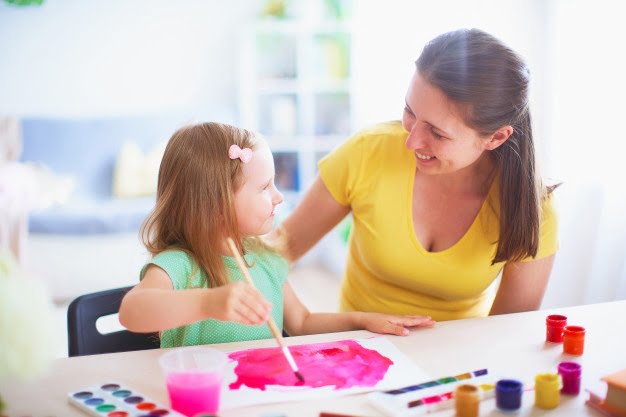
Wet on Wet Technique
The wet-on-wet technique is the best way to understand the basics of watercolour painting.
- First mix the colours on the palette, to get the desired shade.
- After that, make sure to wash the paper before you start painting.
- When the paper is still wet, use one colour at a time before putting in the next one. They can experiment around with one tiny dab or a long stroke across the sheet.
- Do not mix the colours on the sheet, as the paper might tear.
This is a perfect way to allow your child to start watercolour painting. They can start with random shades of colours, and slowly move on to more fixed colours. One example of this can be painting the sky. The sunrise and sunset consist of specific colours and have a smooth transition between the shades. The child can get a better understanding of how to work with the wet on wet technique as time goes on.
Using Salt
- Paint the paper as required.
- When the painting is still wet, sprinkle salt onto the sheet. Allow your child to experiment around with different amounts of salt, and types of salt (table salt or rock salt). This can help your child understand the different effects they give.
- Wait for the painting to completely dry before dusting it out. If the painting is still moist, some particles might stick onto the sheet.
Using salt while painting creates interesting patterns, which might be fun for the child to experiment with.
Splatter Technique
This can be done in two ways
- For this technique, it is usually advised to mix darker shades, so that the splatter is visible.
- After you finish painting, dip your paintbrush into the colour and allow it to absorb the colour.
- Hold the brush in one hand, and with a finger, on the other hand, tap your paintbrush across the sheet. This creates a splatter effect.
- The splatter technique can be done in two ways
Wet technique- For this technique, the splatter must be done when the paper is still wet. This will create a softer effect as the paint starts to spread around.
Dry technique- This technique is done when the paper is dry. This creates a more solid shape and does not spread with the surrounding paint.
Allow the child to experiment with these techniques, and different colours.
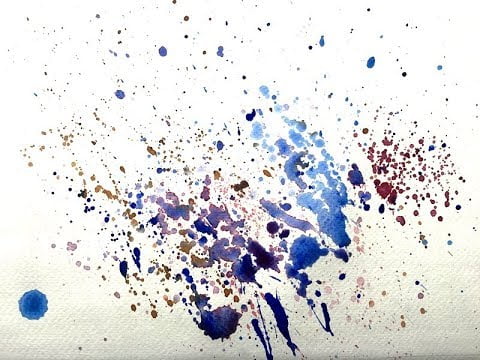
Using Stickers
- Stick the stickers on the sheet in any way you like. Remember, only the silhouette or the shape is going to take form, not the design.
- Paint the sheet with the stickers on it. You can use the wet-on-wet technique to paint.
- Once the painting is completely dry, you can remove the stickers to show the final painting.
Ensure the stickers you use can be removed without tearing the paper.
Plastic Wrap
- Paint the sheet of paper as you like.
- When the paper is still wet, put the plastic wrap on it to create an interesting texture.
Remember to keep the sheet of plastic ready before you start painting, so that it can immediately be placed on the sheet before it dries.
Tips and Tricks for Watercolour Painting
Invest in good paints and brushes
You need to invest in good art supply products, especially if you plan on mastering the art form. Reading multiple reviews and getting opinions from other play the main role. Make sure to buy a pigmented colour, regardless of it being a pan or tube.
Experiment around with different shades and water consistencies
The more you work with watercolours, the better you understand the shades. Adding more water can make it lighter, but on the downside, it can seep into the paper and cause peeling. Therefore, you need to understand how to work with watercolours before you start your piece.
Make use of tissues or cloth
It is often recommended that you use a tissue or cloth to wipe the brush after using one shade of paint. This is because the colour on your brush can mix with the new colour and bring a different shade to the colour. It is also recommended to wash and dry your brushes after use to prevent ruining them. Though using a cloth is more eco-friendly, you can also use tissues when needed.
Understand the different brush movements you can work with
As mentioned above, there are different angles and methods that you can work with. Feel free to experiment around and narrow down your preferences. For example, you might prefer holding your paintbrush at a 45 degrees angle to paint grass, while others might prefer to hold their brush at a 90-degree angle.
Figure out which texture of paper suits you
There are three types of paper textures, namely hot-pressed, cold-pressed and rough paper. Even though cold-pressed is recommended for beginners, some of them might prefer to shift to a different paper after a few paintings. Thus, you can experiment around with the different textures and find the one that suits you best.
Remember to wash the paper
Washing the paper can be understood as creating a semi-transparent layer of paint on the paper. This is often used to bleed the colours into each other. This makes the painting look less “flat”.
Practice layering colours over another
Watercolour is thinner paint while compared to the other types of paint. It is necessary for you to layer colours on each other to get the desired outcome.
You can layer them over each other once they are dry, to maintain the other two shades, whiling bringing in the mixed colour. You can also mix the colours on the paper, to allow a smooth transition between the two shades. In this way, watercolour is great for those who prefer this.
Learn how to bleed colours into another
Bleeding colours into another can be understood as mixing the two colours on the paper. This can be done by putting on shade on the paper and adding another colour next to it before it dries. It is important to make sure that this is done when they are still wet on the sheet. This will show a smooth transition between the two shades.
Practice “erasing” the colour
Erasing the watercolour can be used to remove the mistake from the paper or give the required light effect. For example, artists “erase” the paint off from certain parts of the face in the portrait painting. This can show the viewer the highlight on the face. Though the colour doesn’t completely come off, it can help cover any mistakes.
Learn to use masking tape or masking fluid
Masking tape and masking fluid are extremely helpful as they can help protect the required part while painting. This can prevent the colours from bleeding into each other and help with precise lines. However, it is important to invest in proper quality products to prevent messing up or tearing the sheet.
Use the light to dark method
While painting, it is usually advised to follow the light to dark method. After you wash the paper, you can start with lighter tones and transition to darker tones. An example would be to start with the lighter shades to indicate highlights, and slowly move to shadows.
Famous Watercolour Painters
Some of the famous Water Colour Painters are-
- Albrecht Dürer
- Paul Klee
- Winslow Homer
- John Singer Sargent
Famous Watercolour Paintings
Some of the most famous watercolour paintings are-
Young Hare by Albrecht Dürer
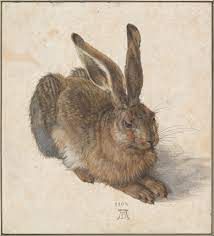
Church Pew with worshippers by Vincent Van Gogh

Composition VII by Wassily Kandinsky

Love’s Messenger by Marie Spartali Stillman
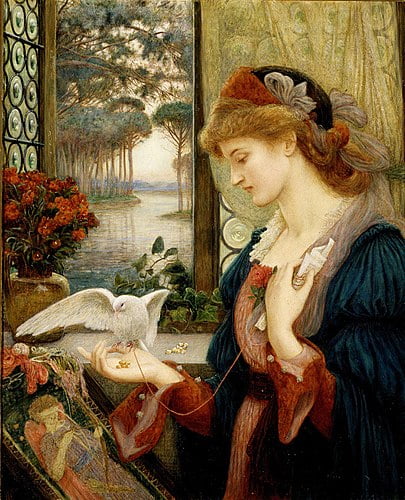
Pity by William Blake

Twittering Machine by Paul Klee
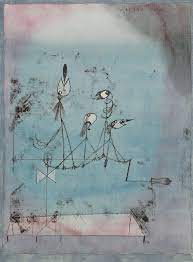
Manfred on the Jungfrau by John Martin
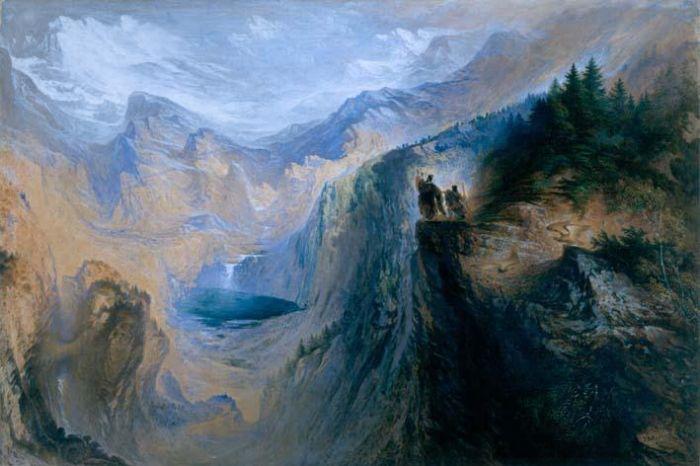
Boys in a Dory by Winslow Homer

The White House at Chelsea by Thomas Girtin
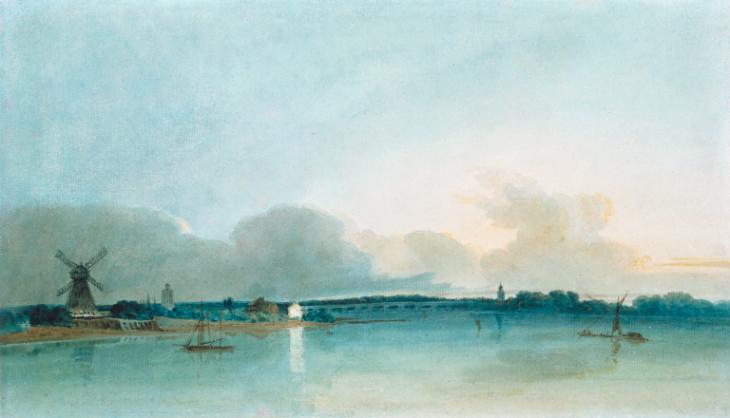
Mountain Stream by John Singer Sargent

Frequently Asked Questions (FAQ)
Is watercolour art easy?
Watercolour painting is known to be one of the few difficult painting forms to master. The fluid nature of this art form makes it considerably hard to work with.
What are the kinds of paper which you can use for watercolour paintings?
There are three types of papers, namely hot-pressed, cold-pressed and rough paper.
Can I use watercolour on canvas?
No, you cannot use watercolour on a regular canvas. This is a specific type of canvas that can be used primarily for watercolours. Despite the regular canvas being able to absorb water, it is not suited for watercolour painting. If used on a regular canvas, the colours wouldn’t blend well, and the paint might not dry on the canvas, which could create a mess.
Which is easier to use, acrylic paint or watercolour paint?
Acrylic paint is known to be the easiest medium to work with. You can easily cover up any errors with another layer of paint as it is opaque, unlike watercolours which are translucent.
What are some of the most famous watercolour paintings?
Some of the most famous watercolour paintings are Young Hare by Albrecht Dürer, Church Pew with worshippers by Vincent Van Gogh, Kandinsky’s, Love’s Messenger by Marie Spartali Stillman, Pity by William Blake, and Manfred on the Jungfrau by John Martin
What are some watercolour tips to remember?
Some watercolour tips that are important to remember are, invest in good products, learn to bleed colours, practice layering over different colours, understand the brush movements and figure out which type of paper suits you best.
Bottomline
Watercolour painting is one of the most interesting art forms to work with. You can master this art form after properly understanding the fundamentals.
All the best! KEEP PAINTING!!!
Share with your friends
